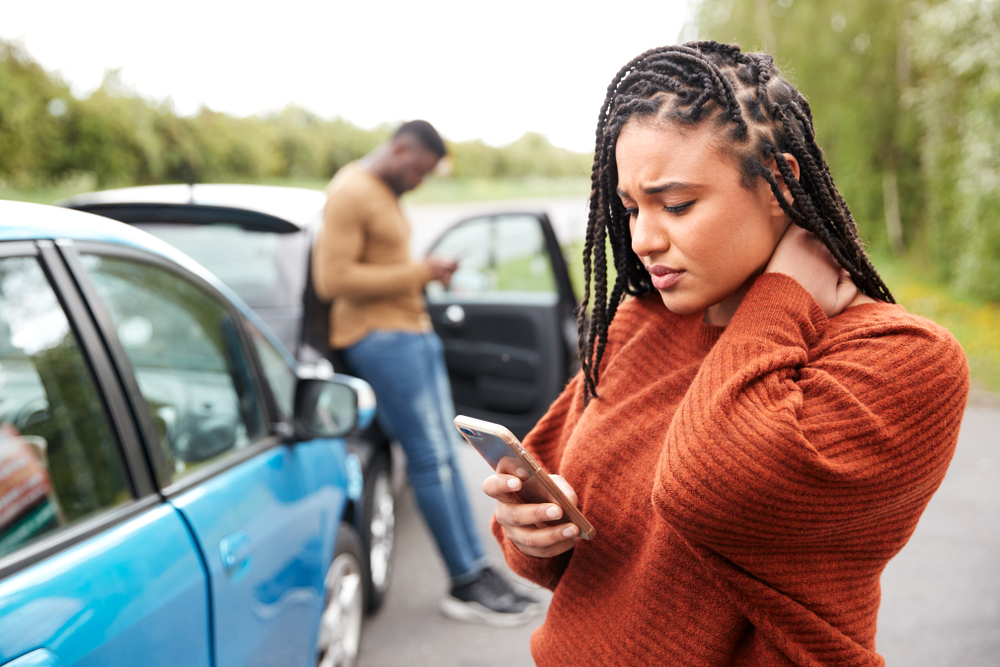What To Do When You Get in a Car Accident: A Step-By-Step Guide
The immediate aftermath of a car accident is chaotic and scary. Is it any wonder many people are simply in a state of shock, then, not knowing what steps they should take next? In fact, many times immediately after an accident people are lost and don’t know what steps to take next. Thankfully, by preparing ahead of time to follow the step-by-step guide listed below, you will be in a calmer state of mind, and be a better advocate for your own interests, making the claims and reporting process more seamless.
1.) Stop
Obviously, the first step you should take after a car accident is to stop your car. In many cases, this means turning your engine off. Other times, it could simply mean stopping putting the car in park.
2.) Determine if Anyone is Hurt
First, look yourself over for any potential injuries. Once you are sure you are in the clear, carefully make your way to others involved to see if anyone else is hurt. This includes not only those in the car with you but other people in other vehicles involved in the accident.
3.) Protect The Scene
While it can be tempting to immediately move your car or the others involved in an accident, it is ideal to keep everything right where it is in terms of sustaining and protecting the scene. Often, the scene itself will corroborate a story, and moving your car can take away some proof you might have otherwise had. Obviously, though, in some cases, you must move your car to prevent additional accidents. However, even when you have to do this, preserve as much of the scene as you can and don’t move more than you must to make things safe.
4.) Call the Police
Once you are sure you are okay, it’s time to call the police. Even if both cars are drivable, a police report needs to be filed in order to start the insurance claims process. Don’t listen to other drivers who might want to keep it just between you.
5.) Take Photos
While you are waiting for the police to arrive, carefully take photos of the damage to your car and the other vehicles as well as any marks on the road. Make sure you are mindful of other traffic while doing so, as you don’t want to cause another accident trying to photograph your own.
6.) Make an Accurate Record
To the best of your ability, tell the investigating officer exactly what happened. It might even be a good idea to jot down what happened or record yourself explaining the accident as small details are often quickly forgotten. However, be sure not to take fault for the accident, but instead, merely relay the facts of what took place with the greatest detail you can.
7.) Report the Accident
After the excitement and chaos of the accident pass, take time to notify your insurance company as quickly as possible. Tell them you were in an accident and what covered vehicle was involved.
8.) Exchange Information
Before leaving the scene of the accident, make sure you exchange information with any and all other drivers involved in the incident as well as any witnesses who might have seen what happened. In some cases, it can be one driver’s word against the other and witnesses prove immensely valuable.
9.) Seek Medical Attention
Even if you feel you are fine and do not require medical care, if there is any chance at all you could be hurt, don’t take the risk and go get checked out.
Bottom Line: The Guideline Will Keep You on Task
Admittedly, surviving an auto accident alone can feel like a victory in and of itself. However, don’t let the post-crash stress and chaos prevent you from taking care of business when it comes to documenting the accident scene and details or communicating with your insurance company. Also, remember to report the claim as soon as possible because it's better to investigate quickly after an accident occurs so no one has forgotten important details.



